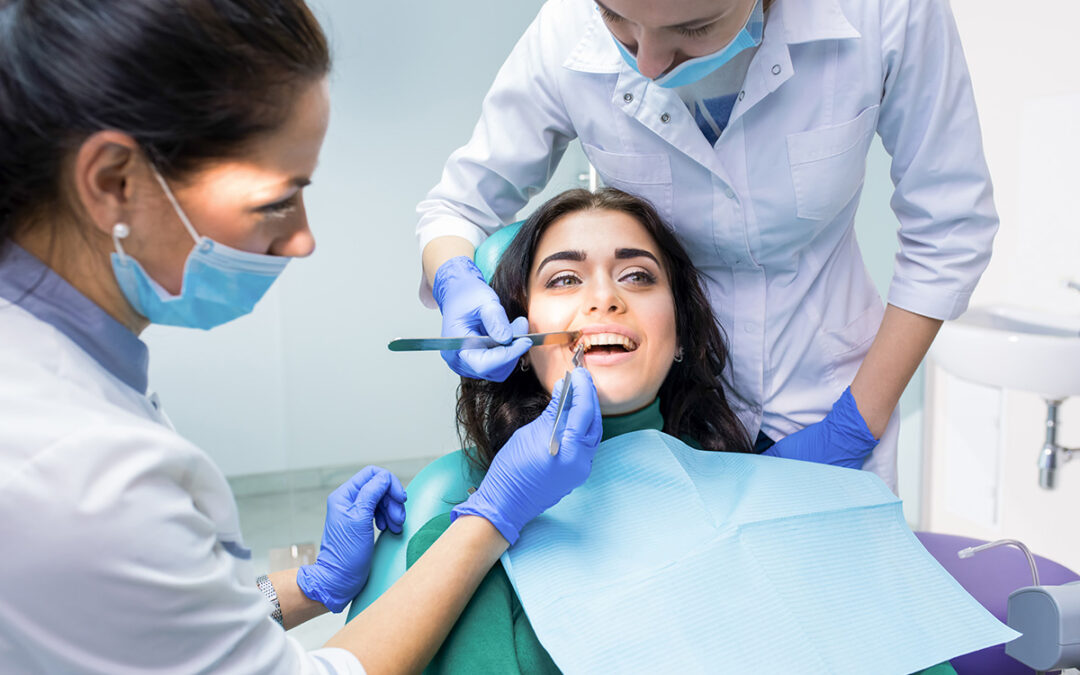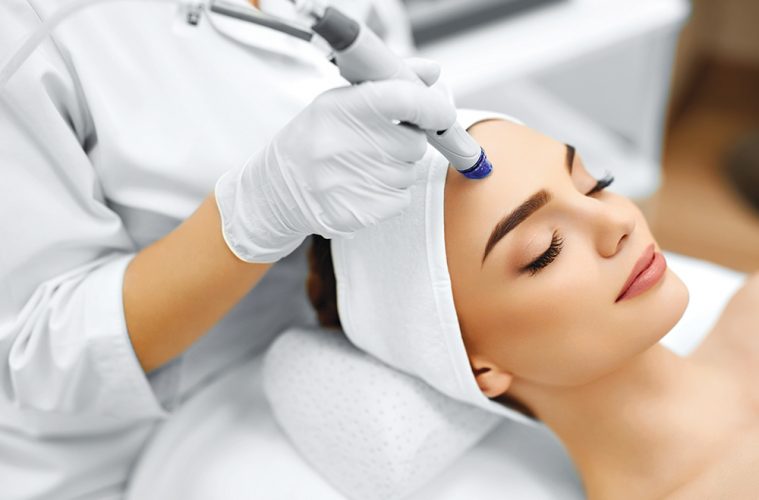The Science Behind Acne Prevention to Try This Year

Acne, one of the most common skin conditions worldwide, affects millions of individuals, particularly during their adolescent years. However, it doesn’t discriminate, as adults, too, can suffer from its various forms, including blackheads, pimples, cysts, and whiteheads. While acne is often perceived as merely a cosmetic issue, its impact extends beyond the skin, affecting an individual’s self-esteem and mental health. Fortunately, advancements in dermatology and skincare research have led to the development of various methods for acne prevention and treatment, some of which are more effective and scientifically grounded than others. This article will delve into the science behind acne prevention, offering evidence-based solutions and strategies to help you achieve clearer, healthier skin in the year ahead.
Understanding Acne: The Biology Behind It
To grasp the mechanisms behind acne prevention, it’s essential to understand the biology of the condition. Acne is caused by a combination of factors that contribute to the clogging of hair follicles. At the core of these factors are excess sebum production, blocked pores, inflammation, and the presence of bacteria, particularly Propionibacterium acnes (P. acnes).
-
Excess Sebum Production: The sebaceous glands, which are attached to hair follicles, produce sebum—an oily substance that helps lubricate and protect the skin. However, in individuals with acne-prone skin, these glands often produce too much sebum, creating an environment conducive to the development of acne.
-
Clogged Pores: Sebum, dead skin cells, and debris can accumulate in hair follicles, forming a plug. When this plug is exposed to air, it oxidizes and turns black, forming a blackhead. If the plug remains below the surface, it results in a whitehead.
-
Inflammation: Once the follicles become clogged, the surrounding skin may become inflamed. This inflammation creates the red, swollen, and tender bumps associated with acne, which can progress into more severe cysts or nodules if left untreated.
-
Bacterial Growth: P. acnes, a bacteria that naturally resides on the skin, can flourish within clogged pores. As it breaks down sebum, it generates chemicals that trigger an immune response, further exacerbating inflammation.
Scientific Approaches to Acne Prevention
While genetics can play a role in determining whether an individual is prone to acne, lifestyle and environmental factors can significantly influence the severity and frequency of outbreaks. Over the years, dermatologists and researchers have developed various methods to prevent acne by targeting the root causes mentioned above. Below are some of the most effective and scientifically supported acne prevention strategies to try this year.
1. Regulate Sebum Production with Topical Retinoids
One of the most effective ways to address excess sebum production is by using topical retinoids. Retinoids, derivatives of vitamin A, are well-known for their ability to increase skin cell turnover, preventing the buildup of dead skin cells in pores. Additionally, they help reduce the size and activity of sebaceous glands, leading to decreased oil production. A popular option is tretinoin, which is available both over-the-counter and by prescription. Retinoids also offer anti-inflammatory benefits, making them an excellent choice for reducing the redness and swelling associated with active acne.
For those with sensitive skin, there are milder alternatives such as adapalene, a retinoid that is available over the counter. These treatments should be used consistently but cautiously, as they can cause irritation when first introduced to the skin. Gradual use and application of sunscreen during the day can mitigate these side effects.
2. Control Bacteria with Antimicrobial Agents
While P. acnes bacteria are naturally present on the skin, an overgrowth can contribute to acne flare-ups. To combat this, antimicrobial agents like benzoyl peroxide, salicylic acid, and clindamycin are frequently recommended.
Benzoyl peroxide works by killing P. acnes bacteria, reducing inflammation, and preventing clogged pores. It is available in various concentrations and is commonly found in over-the-counter acne treatments. Although effective, benzoyl peroxide can be drying and irritating to some individuals, so it’s important to start with a lower concentration and build up over time.
Salicylic acid, a beta hydroxy acid (BHA), helps to exfoliate the skin and clear out the pores, preventing blockages from forming in the first place. It also has anti-inflammatory properties that can help reduce redness and swelling. Products containing salicylic acid are available in cleansers, toners, and spot treatments.
3. Incorporate Non-Comedogenic Skincare Products
For acne-prone individuals, choosing non-comedogenic (non-pore-clogging) skincare products is crucial. Certain moisturizers, sunscreens, and makeup products can exacerbate acne outbreaks by contributing to clogged pores. It is essential to select skincare products labeled as non-comedogenic to avoid aggravating the condition.
Look for lightweight, oil-free moisturizers that help hydrate the skin without adding excess sebum. Additionally, mineral-based sunscreens that are formulated for acne-prone skin provide sun protection without clogging pores.
4. Maintain a Healthy Diet with Anti-Inflammatory Foods
Recent studies have indicated that diet plays a significant role in the development of acne. High-glycemic foods, such as sugary snacks, refined carbohydrates, and dairy products, have been linked to an increased risk of acne flare-ups. These foods can trigger insulin spikes and inflammation, which in turn may stimulate sebum production and contribute to clogged pores.
Instead, consider incorporating more anti-inflammatory foods into your diet, such as leafy greens, berries, fatty fish (rich in omega-3 fatty acids), and nuts. These foods not only help reduce inflammation but also support overall skin health by providing vital nutrients like vitamins A, C, and E. Additionally, maintaining proper hydration by drinking plenty of water can help keep your skin healthy and prevent dryness, which can worsen acne.
5. Manage Stress with Relaxation Techniques
Stress is another key factor in acne development. When stressed, the body releases cortisol, a hormone that can trigger sebaceous glands to produce more sebum. As a result, managing stress is an important component of acne prevention.
Engaging in relaxation techniques such as yoga, meditation, deep breathing exercises, or regular physical activity can help reduce stress levels. Not only do these activities promote overall well-being, but they can also help maintain hormonal balance, reducing the likelihood of acne flare-ups.
Conclusion: A Holistic Approach to Acne Prevention
While there is no one-size-fits-all solution for acne, combining several of the aforementioned strategies can greatly improve skin health and reduce the frequency and severity of breakouts. Whether through regulating sebum production with retinoids, controlling bacteria with antimicrobial agents, or adopting a healthier lifestyle with a balanced diet and stress management techniques, acne prevention requires a multifaceted approach.
As you incorporate these practices into your routine this year, it’s important to be patient. Clear skin doesn’t happen overnight, and consistency is key. Consult a dermatologist if you have persistent or severe acne, as they can offer personalized treatment options based on your skin type and specific needs. By understanding the science behind acne and adopting evidence-based prevention strategies, you can take significant steps toward achieving a clearer, healthier complexion in the months ahead.








